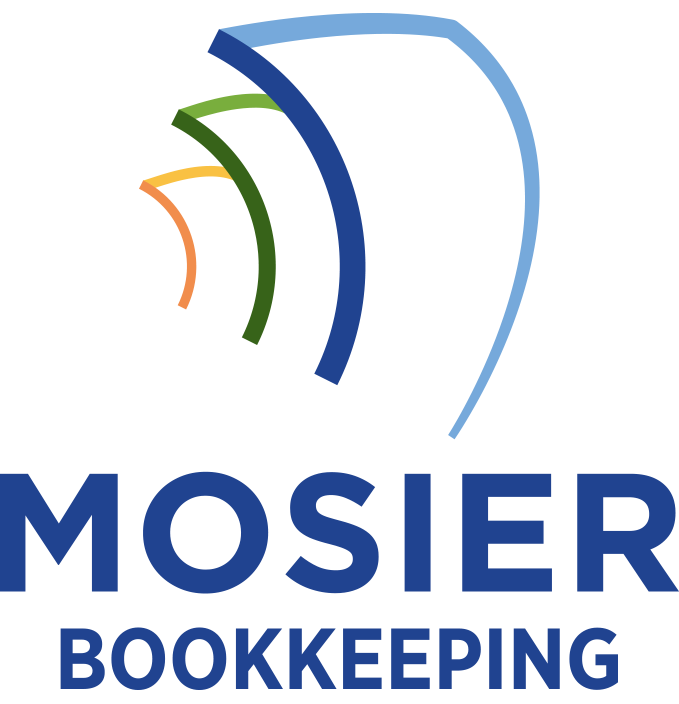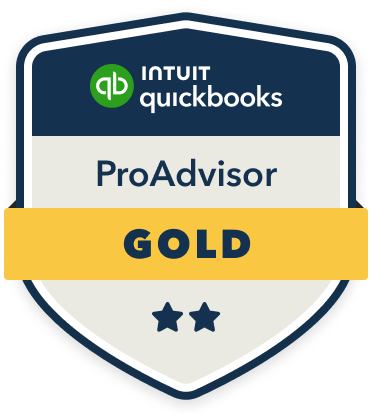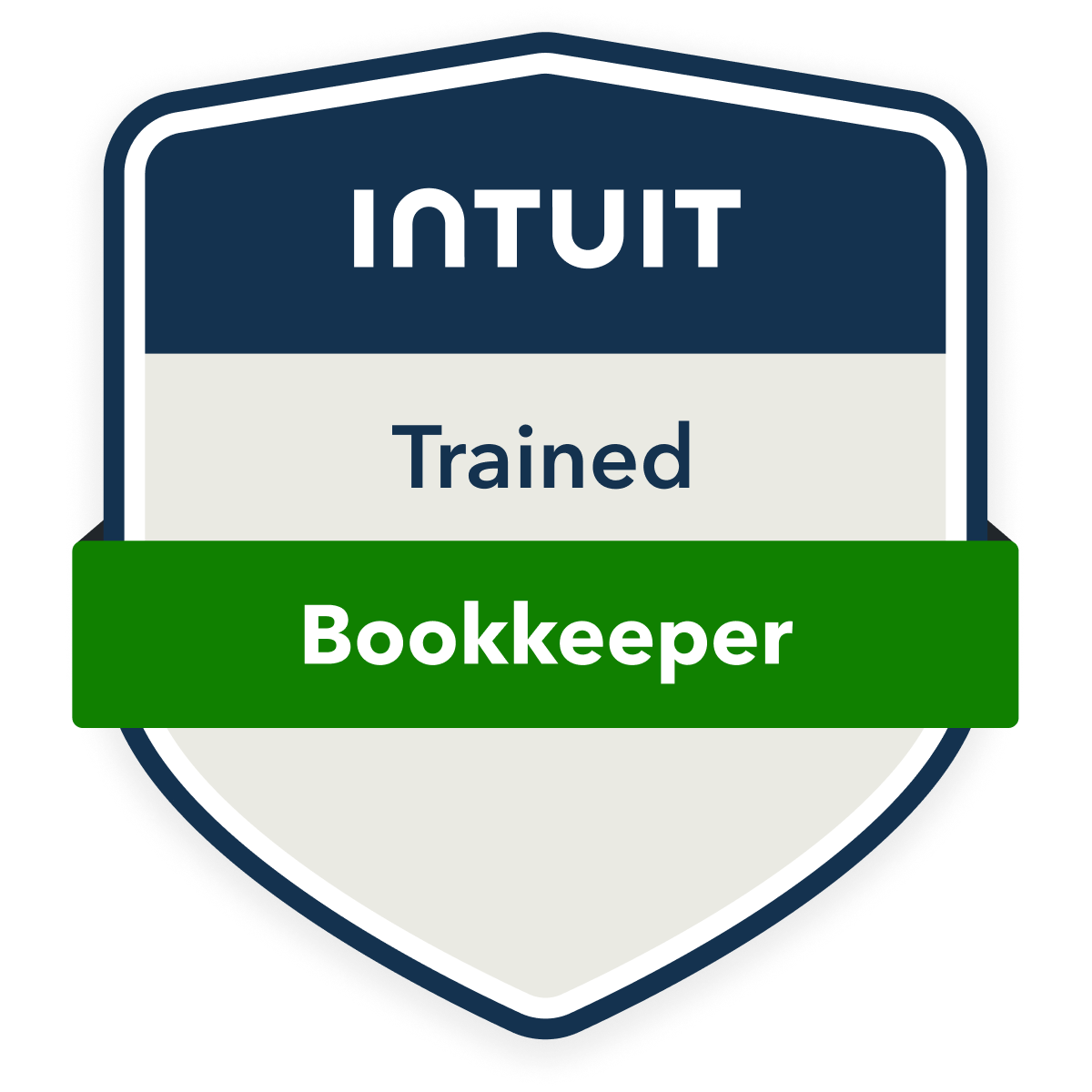I’ll help you organize your leadership development program’s bookkeeping through a structured system that captures all financial elements. Start by creating specific accounts for program costs, revenue streams, and departmental allocations using decimal-point sub-accounts. Track expenses with dedicated cost centers and project codes while implementing approval workflows for expenditure control. Maintain GAAP compliance through detailed record-keeping and regular reconciliation. This systematic approach sets the foundation for deeper financial insights and ROI analysis.
Setting Up Your Chart of Accounts for Leadership Programs

Precision in account structuring forms the foundation for tracking leadership development expenses and revenues effectively. I recommend creating specific accounts to segregate program costs: training materials (5100), facilitator fees (5200), venue expenses (5300), and participant materials (5400).
I’ll establish revenue accounts that mirror your program offerings: executive coaching (4100), group leadership workshops (4200), and assessment services (4300). For enhanced tracking, I create sub-accounts using decimal points (4201.1, 4201.2) to monitor individual workshop performance.
This granular structure enables powerful ROI analysis and strategic decision-making while maintaining GAAP compliance.
Tracking and Categorizing Program-Related Expenses
Breaking down leadership development expenses into appropriate categories verifies accurate financial reporting and program analysis. I recommend creating distinct expense categories for facilitator fees, training materials, venue costs, participant travel, and certification expenses. You’ll want to establish subcategories for specialized training tools, leadership assessments, and digital learning platforms.
I track these costs using dedicated cost centers and project codes to monitor each program’s financial performance. By implementing expense approval workflows and regular reconciliation processes, I ascertains every leadership development expenditure aligns with budgetary goals. This granular tracking enables you to calculate ROI and optimize program investments with precision.
Managing Cost Allocation Across Departments

When allocating leadership development costs across departments, I establish a systematic approach that reflects each unit’s participation and benefit from the program. I calculate each department’s share based on participant headcount, training hours utilized, and projected ROI metrics. I implement a weighted allocation formula that factors in department size, budget capacity, and strategic growth priorities.
I track interdepartmental transfers through dedicated cost centers, ensuring transparency and accurate expense distribution. By leveraging activity-based costing methods, I align program expenses with specific departmental objectives while maintaining compliance with internal accounting policies and external reporting requirements.
Budgeting and Financial Planning for Development Initiatives
Thorough budgeting for leadership development initiatives requires strategic forecasting of direct costs, overhead expenses, and long-term resource allocation. I recommend establishing dedicated cost centers to track program-specific expenditures, including facilitator fees, materials, and venue costs.
I’ll help you create quarterly financial projections that factor in participant headcount, program scalability, and ROI metrics. You’ll need to account for both fixed costs like curriculum development and variable expenses tied to enrollment. I’ve found that implementing a rolling forecast model enables you to adjust resource deployment based on program effectiveness and organizational needs while maintaining strict budget controls.
Measuring ROI and Financial Impact of Leadership Training

After establishing robust budgeting practices, organizations must quantify their leadership development investments through precise ROI calculations and financial impact assessments. I’ll show you how to measure both tangible and intangible returns using key metrics.
| Metric Type | Calculation Method | Financial Impact |
|---|---|---|
| Direct ROI | (Net Benefit/Cost) x 100 | Bottom-line growth |
| Productivity | Output value/Labor cost | Operational efficiency |
| Retention | Replacement cost avoided | Talent preservation |
| Innovation | Revenue from new initiatives | Market advantage |
I recommend tracking these metrics quarterly to demonstrate program value and justify future investments. You’ll need to document productivity increases, reduced turnover costs, and revenue growth directly attributed to enhanced leadership capabilities.
